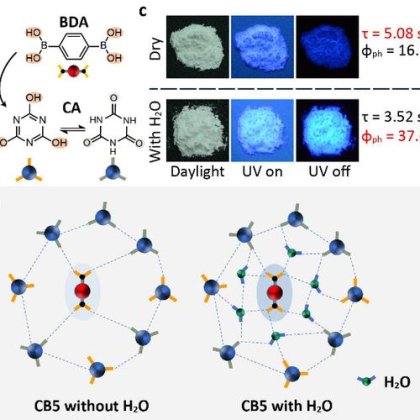Tyramine hydrochloride
Purity: ≥99.0%
Synonyms: 4-hydroxyphenylethylamine hydrochloride, 2-(4-Hydroxyphenyl)ethan-1-aminium chloride, Tyramine hydrochloride, 4-HOPEACl
CAS number: 60-19-5
Molecular formula: C8H12ClNO
Molecular weight: 173.64
Engineering trienzyme cascade-triggered fluorescent immunosensor platform by sequentially integrating alkaline phosphatase, tyrosinase and horseradish peroxidase
Sun, Yujie; Wen, Lei; Ma, Huili; Ma, Wenlin; Fu, Zhenqian; Li, Yinhui; Zhang, Chengwu; Li, Lin; Liu, Jinhua [Chinese Chemical Letters, 2023, vol. 34, # 4, art. no. 107654]
Abstract
Mulit-enzyme cascades are a major type of chemical transformations and play a crucial role in biological signal transduction and metabolism. Herein, a trienzyme cascade-triggered fluorescent immunosensor platform was constructed by sequentially integrating alkaline phosphatase (ALP), tyrosinase (TYR) and horseradish peroxidase (HRP). The proposed platform was based on HRP-induced a rapid in situ fluorogenic reaction between dopamine (DA) and 1,5-dihydroxynaphthalene (DHA) to produce a strong yellow azamonardine fluorescent compound (AFC). The obtained AFC was clearly characterized by high-resolution mass spectrum, 1H NMR, 13C NMR and theoretical calculations. The integration of the two-enzyme system (TYR and HRP) or three-enzyme system (ALP, TYR and HRP) led to a maximum of 400.0-fold and 250.0-fold fluorescence enhancements, respectively. Using cardiac troponin I (cTnI) as the model antigen, a trienzyme cascade-triggered fluorescent immunosensor platform was developed for quantitative detecting cTnI in a wide linear range from 2 ng/mL to 150 ng/mL with a detection limit of 0.67 ng/mL. In addition, the proposed platform was successfully applied in detection of cTnI in serum of clinical patients. Overall, the developed fluorescent immunosensor performs powerful implications for researching enzyme cascade systems in the field of biomedicine.
| Characteristic 1 | Cl |
| Characteristic 2 | NH3 |













